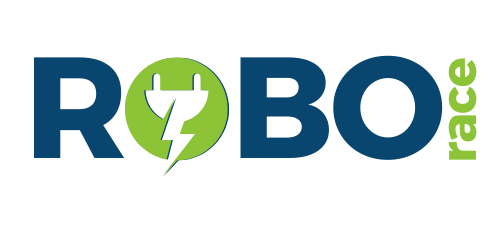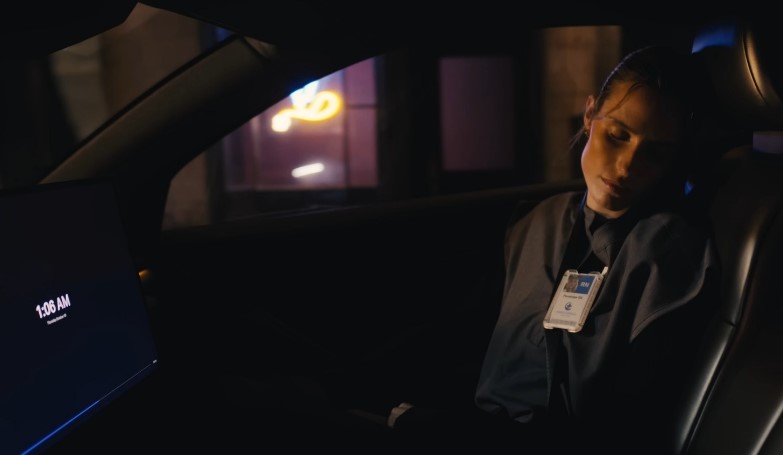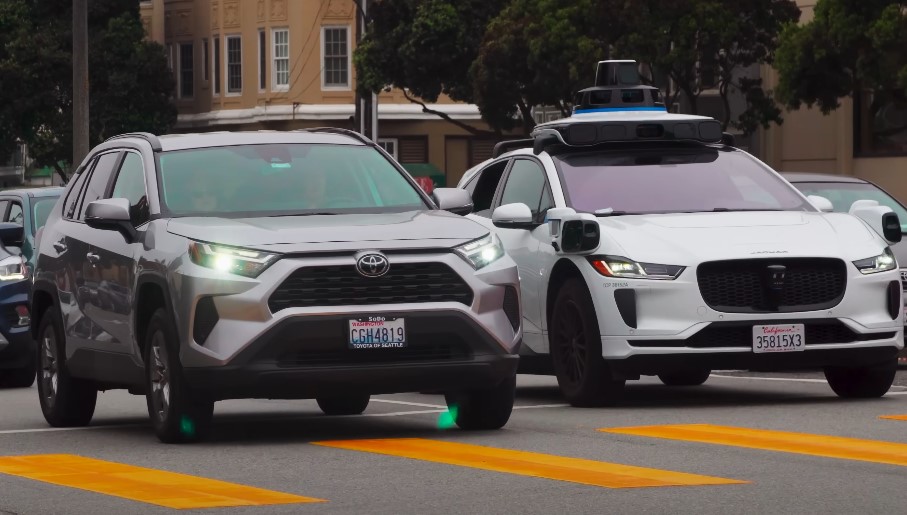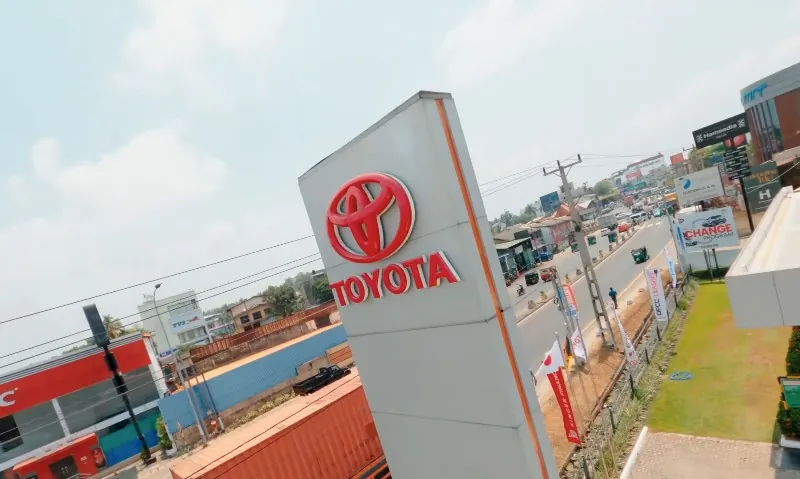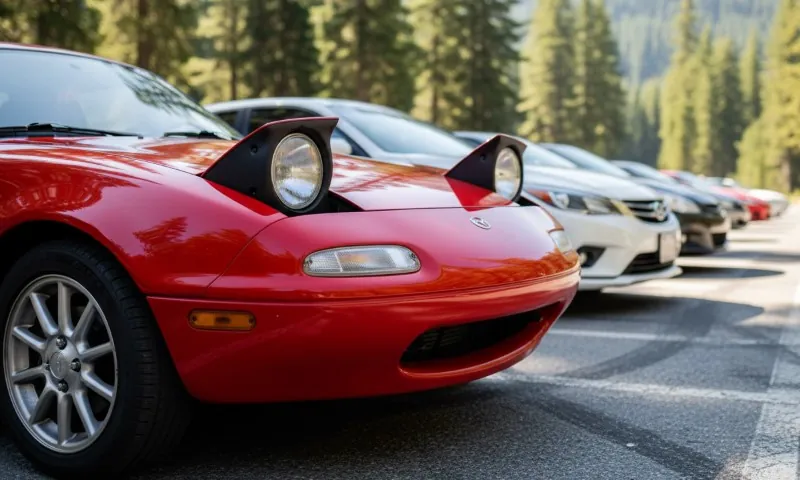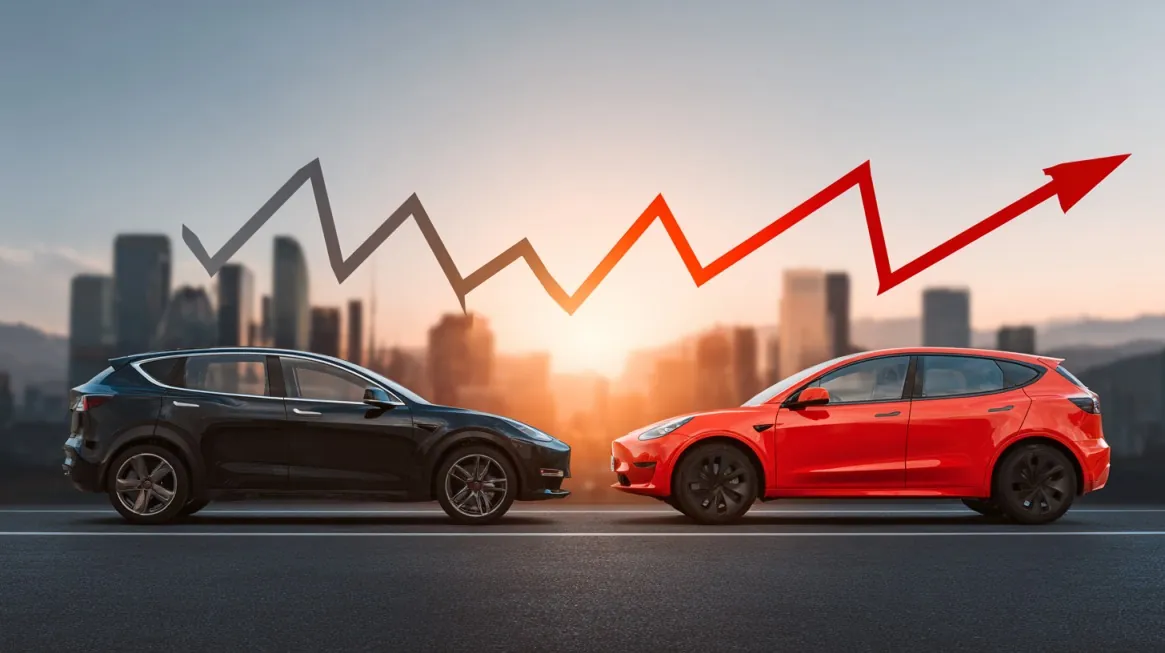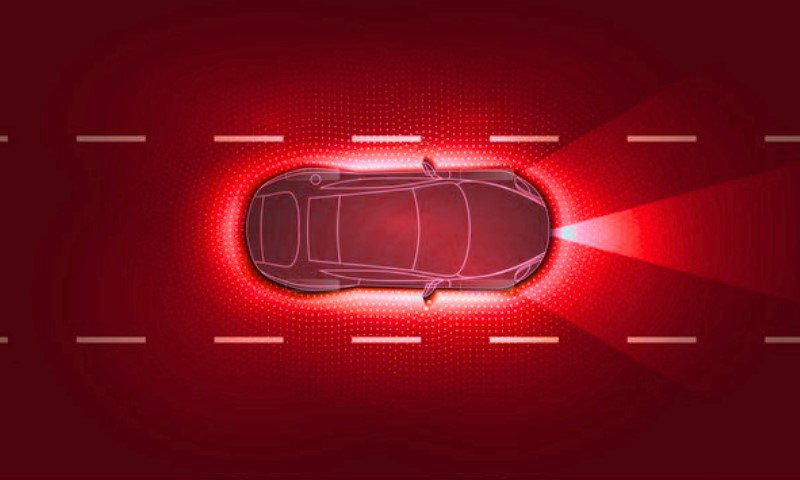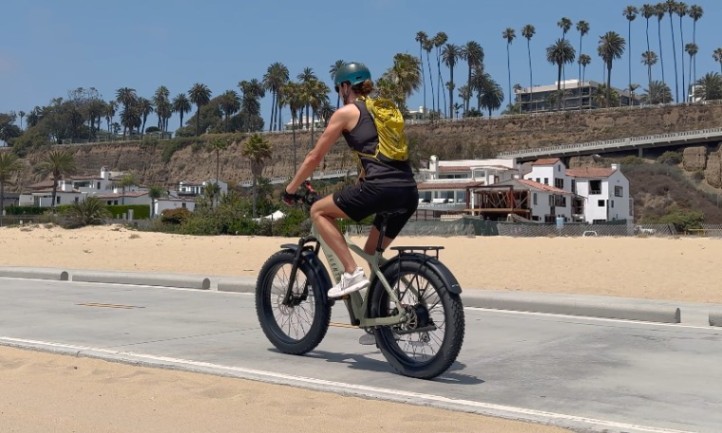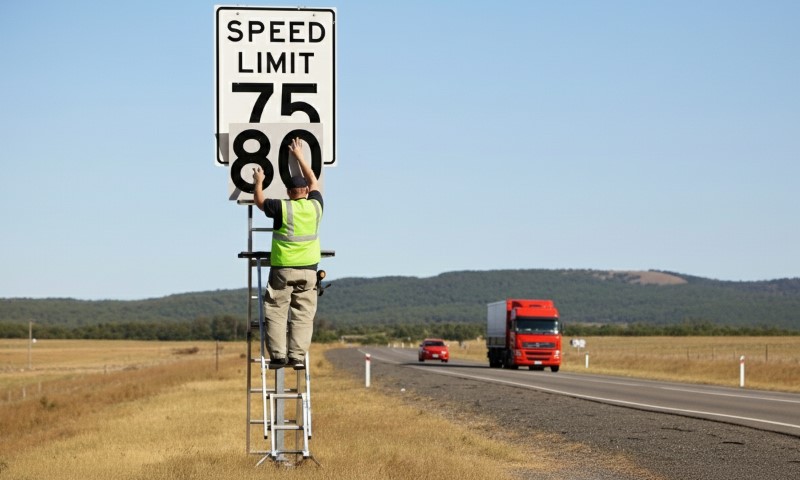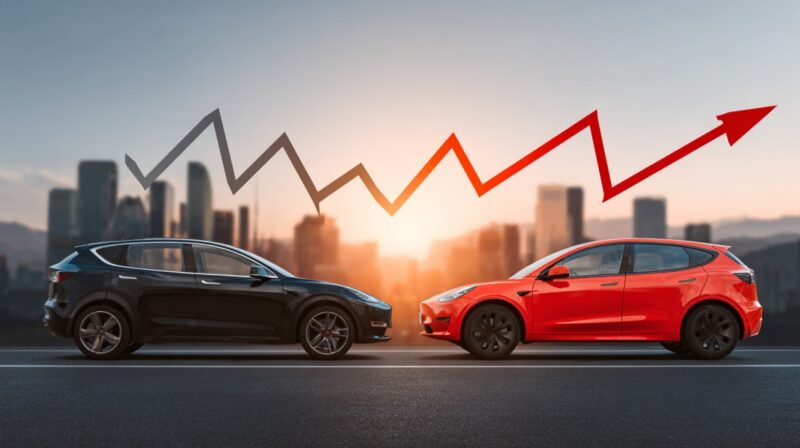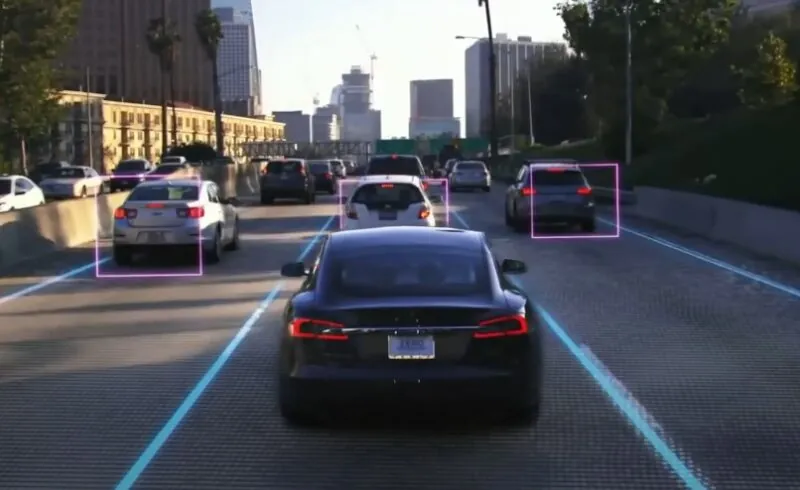
Share Post:
It’s no secret that self-driving cars have moved beyond science fiction. But in 2025, what’s finally catching up to the technology is the law.
According to the AASHTO Journal, on April 24, 2025, the National Highway Traffic Safety Administration (NHTSA), part of the U.S. Department of Transportation, rolled out one of the most impactful federal updates to self-driving car regulation in recent years.
The new framework, which takes effect on June 16, sets out to reshape how autonomous vehicles (AVs) are tested, how crashes are reported, and how proprietary data is handled. The stakes are high—safety, innovation, and America’s ability to compete with countries like China all hang in the balance.
So what exactly is changing? And how will it affect the cars on our roads, the companies making them, and the people behind the wheel—or not behind the wheel, as the case may be?
Let’s break it down.
Table of Contents
ToggleWhat the New Rules Cover
The NHTSA’s updated regulatory framework applies to self-driving systems across automation Levels 2 through 5, as defined by the Society of Automotive Engineers (SAE):
- Level 2: Partial automation (driver must stay engaged). Think Tesla’s Full Self-Driving or Ford’s BlueCruise.
- Level 3-5: High to full automation (vehicle handles most or all driving tasks).
Whether it’s a Tesla on the freeway or a prototype robo-taxi being tested in San Francisco, if it falls within that range, the new rules likely apply.
The framework is built around three key pillars:
- Crash Reporting
- Data Confidentiality
- Testing Exemptions
Let’s go one by one.
Streamlined Crash Reporting
According to Mayer Brown, one of the most immediate changes is how crash reports are handled.
Before, companies had to report a broad range of AV incidents, regardless of severity. Now, reporting is more focused—and arguably more practical. Here’s how it breaks down:
| Automation Level | Crash Type | Reporting Timeline | Examples |
| Levels 3-5 | Severe crashes | Within 5 days | Fatalities, hospitalizations, pedestrian hits, air-bag deployments |
| Levels 3-5 | Less severe crashes | Monthly | Fender benders, property damage over $1,000 |
| Level 2 | Minor crashes | No longer required | Exempt from reporting minor dings unless serious harm is involved |
So, if a Level 4 AV clips a guardrail causing a scratch, that incident goes into the monthly report. But if it hits a cyclist? NHTSA expects a detailed report within 5 days, as per the Senate Judiciary Committee.
Why it matters
This isn’t just about cutting red tape. Regulators argue that by focusing on serious events, they can spot safety trends more effectively. But not everyone’s thrilled—more on that later.
Shielding Proprietary Data
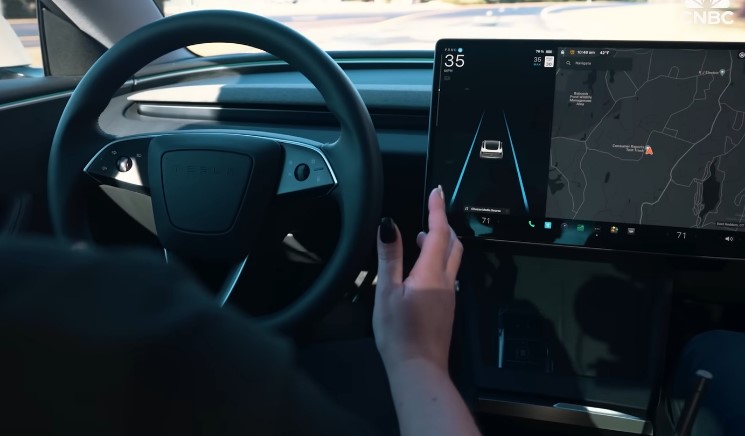
Under the old rules, manufacturers had to disclose crash-related details, including:
- Whether the AV was operating within its designed conditions
- A plain-language description of what happened
- Which version of the driving software was in use
As of June 2025, those details can be classified as confidential business information. Companies now have the right to withhold sensitive information from public view.
The idea here is to protect proprietary tech—after all, AV companies are pouring billions into their software stacks, and there’s fierce global competition.
But critics argue that this weakens public oversight. If the public and safety advocates can’t access basic data about how AV systems behave in real-world crashes, how can accountability be enforced?
It’s a fair question—and one that doesn’t have a simple answer.
In such scenarios, consulting a Miami personal injury lawyer can provide guidance on legal recourse and accountability.
Here’s another big shift: Hush Blackwell reports that U.S.-based companies can now qualify for the Automated Vehicle Exemption Program, which had previously favored foreign players. That means companies like Tesla or GM’s Cruise can test AVs that don’t meet certain legacy safety standards—like those without steering wheels, brake pedals, or mirrors—as long as the vehicles are not for commercial use. Let’s say Tesla wants to put its upcoming Cybercab, a fully autonomous ride-hailing vehicle with no traditional controls, on the road for testing. Under the new rules, that’s now possible, at least in theory. But commercial deployment still requires stricter approval, including proof that the vehicle meets the functional safety equivalent of traditional standards. This exemption shift is seen as a leveling of the playing field. It aims to give American manufacturers a leg up and accelerate the pace of domestic innovation, especially as Chinese AV firms ramp up production and international testing. The regulatory overhaul didn’t happen in a vacuum. U.S. Transportation reported that Secretary Sean Duffy made it clear that the intent was to “cut through bureaucratic knots” and strengthen America’s AV leadership. There’s also increasing pressure from investors, industry leaders, and even bipartisan policymakers calling for a cohesive federal framework—something the U.S. has been sorely lacking. The SELF DRIVE Act, which attempted to set federal rules for AVs back in 2017, never made it through the Senate. Since then, state-level rules have filled the gap, leading to a confusing patchwork of local laws. The NHTSA’s latest move is a federal effort to clean things up, even if it’s regulatory, not legislative. Not surprisingly, the AV industry has responded positively. On the flip side, watchdog groups aren’t celebrating. Cathy Chase from Advocates for Highway and Auto Safety called the reduction in reporting “a step backward.” Her concern? That scaling back minor crash data could mask early warning signs. For example, if multiple Level 3 vehicles are consistently scraping poles while making left turns, that may not sound like much, until one of those errors becomes fatal. There are also concerns about the NHTSA’s own capacity. The agency has faced staff reductions and budget constraints in recent years, raising questions about how thoroughly it can enforce even the rules it’s setting now. And then there’s the confidentiality clause. Critics argue that it’s too easy for companies to use it as a shield against scrutiny—especially if a crash draws media attention. Federal rules are helpful, but they don’t override state authority. Take California, for example. According to Reuters, the state requires: Tesla, interestingly, has logged only 562 miles of supervised AV testing in California since 2016. That’s minuscule—and a clear sign that some companies are choosing less restrictive states or private tracks for their real-world testing. The NHTSA’s 2025 update doesn’t pretend to solve every problem. But it does give the industry clearer rules and more flexibility. That alone is a big deal. Still, the bigger question remains: Can innovation and safety grow side by side? If regulators, manufacturers, and watchdogs can keep each other honest, the answer might just be yes. But if oversight slips, or companies hide too much behind confidentiality clauses—public trust could evaporate in a single viral headline. Self-driving cars are no longer a novelty. They’re a growing reality. And like it or not, the law has to keep pace.Expanded Testing Exemptions
Why it matters
What Sparked the Change?
Industry Applause and Stock Market Surges
Safety Advocates Are Not on Board
State vs. Federal
Where Are We Now in 2025?
Is the Balance Right?
Related Posts:

